We Have Moved Business Letter Template for Your Business
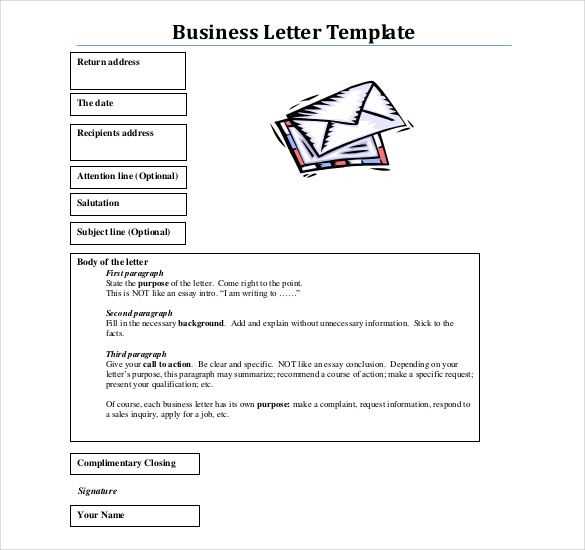
Changing your location requires clear communication with clients, partners, and associates. It’s important to ensure everyone is informed of the transition, avoiding confusion and maintaining professional relationships. A well-crafted message can make a lasting impression and ensure a smooth shift.
Informing others in a timely and professional manner is essential for a successful relocation. Whether it’s a change of address or a full-scale move, using the right structure and tone in your announcement can reflect your company’s reliability and commitment to staying connected.
Properly notifying contacts also opens the door for future opportunities, demonstrating your attention to detail. In this section, we’ll walk through the key points to consider when communicating your change and provide practical examples for a seamless notification process.
Why a Relocation Notification Matters
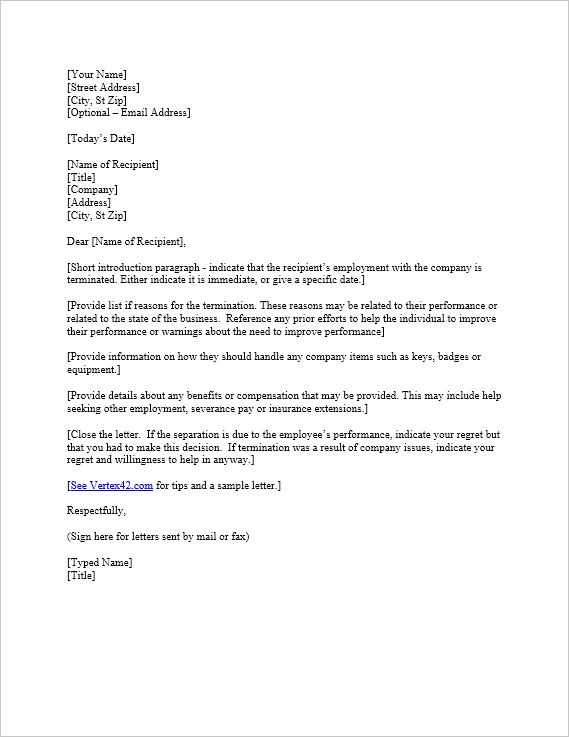
When your organization shifts its operations, it’s crucial to notify all relevant parties. Clear and professional communication ensures that everyone is aware of the change and can adjust accordingly. An effective message helps maintain strong relationships and shows your attention to detail during the transition process.
Without proper notice, you risk losing touch with customers, partners, and suppliers, which could affect ongoing projects or contracts. A formal announcement sets expectations and reassures stakeholders that the move will not disrupt your services or reliability.
Sending a well-crafted notification demonstrates your commitment to transparency and helps maintain trust. It also serves as an opportunity to reinforce your brand’s professionalism and reliability during periods of transition.
Essential Elements of a Relocation Notification
When informing clients and partners about a change in your operational location, certain elements must be included to ensure clarity and professionalism. These key components not only convey the necessary information but also help reinforce your commitment to continued service and support.
The structure should be clear and concise, ensuring all critical details are easy to find. Below is a breakdown of the key elements to include:
| Element | Description |
|---|---|
| New Address | Clearly state the updated location, including any important landmarks or directions if needed. |
| Effective Date | Specify when the new address becomes valid for correspondence, deliveries, or meetings. |
| Contact Information | Provide any updated contact details such as phone numbers, email addresses, or online portals. |
| Reasons for Relocation | Optionally, explain why the move is occurring and how it will benefit clients or partners. |
| Assurance of Continued Service | Reassure recipients that services will continue without disruption during the transition period. |
Including these elements ensures your message is informative, professional, and leaves no room for confusion. It provides recipients with all the information they need to adjust to the change without impacting their relationship with your company.
How to Write an Effective Notification
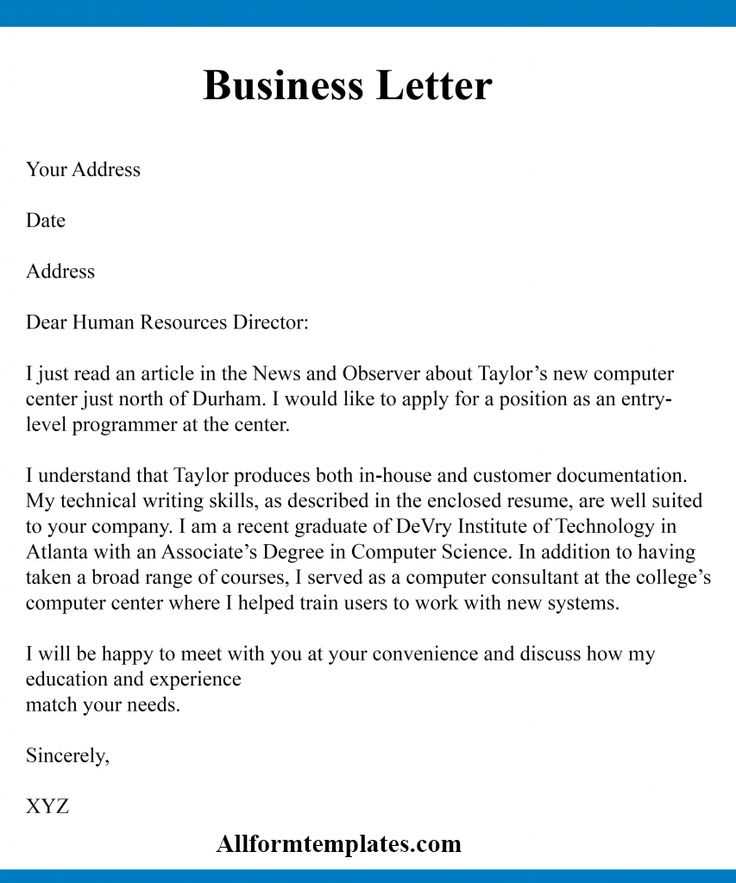
Crafting a clear and impactful message when informing others of a change in location requires attention to detail and a professional tone. The aim is to make sure recipients understand the new information and know what steps they need to take. A well-written communication can prevent confusion and maintain trust during the transition.
To write an effective notification, consider the following steps:
1. Start with a clear introduction: Begin by clearly stating the purpose of your message. Let the recipient know that you are notifying them about a location change.
2. Provide essential details: Include your updated address, phone numbers, email addresses, and any other relevant contact information. Make sure to specify the effective date.
3. Keep the tone professional: Use polite, straightforward language. Ensure the message reflects your company’s values and maintains the relationship with the recipient.
4. Address any concerns: Reassure recipients that services will continue without disruption. If there are any changes to delivery or meeting processes, explain them clearly.
5. Close with gratitude: End the notification by thanking the recipient for their continued support and understanding during the transition.
By following these steps, you ensure that your message is informative and concise, while also maintaining professionalism throughout the process.
Best Practices for Sending Relocation Notices
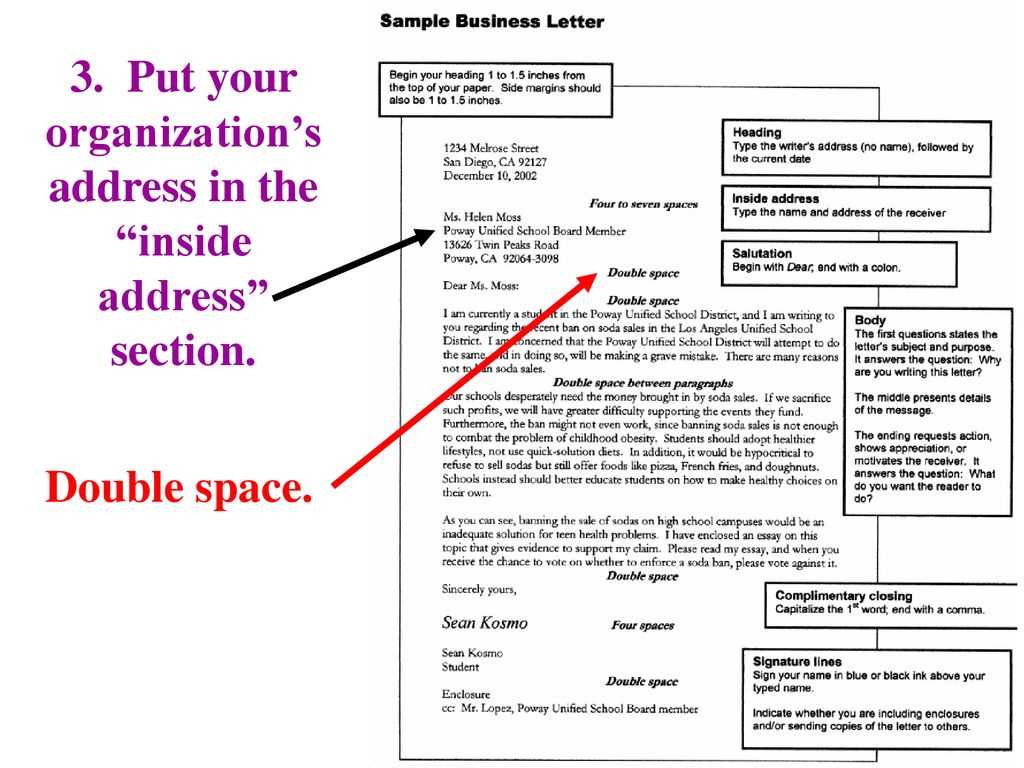
Notifying your contacts about a change in location requires more than just sending out a simple message. To ensure that the transition goes smoothly, it’s important to follow specific guidelines that make your communication clear, effective, and well-received. By applying best practices, you can maintain strong relationships and avoid potential issues.
Timing Is Key
One of the most important aspects of sending notifications is choosing the right time. Notify your contacts well in advance of the relocation, allowing them to adjust their plans accordingly. A notice sent at least two to three weeks before the move ensures that recipients have ample time to process the information and take necessary actions.
Personalize the Message
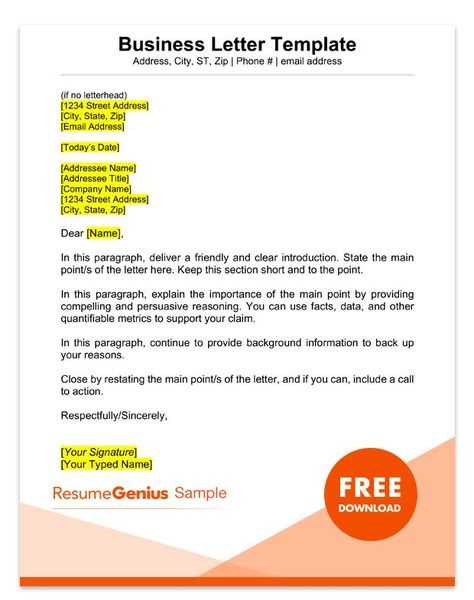
Whenever possible, personalize your relocation notice to make it more engaging and meaningful. Address recipients by name and tailor the message to their specific relationship with your organization. A personalized communication adds a human touch and reinforces the professional rapport you’ve built.
By following these practices, you’ll enhance the effectiveness of your relocation announcement, making sure your contacts are informed and confident about the change. A timely and personalized message can help strengthen ongoing partnerships and ensure the success of your relocation efforts.
Common Mistakes to Avoid in Notifications
When crafting any professional communication, it’s essential to avoid certain errors that could lead to misunderstandings or give a negative impression. By being mindful of common pitfalls, you can ensure your messages are clear, effective, and well-received.
Overly Complicated Language
Avoid using overly technical or complicated language that may confuse your recipient. Your message should be easy to understand and to the point. Use simple, direct language to ensure that your key information is communicated effectively.
- Avoid jargon or industry-specific terms that might not be familiar to all recipients.
- Keep sentences short and clear to improve readability.
Neglecting Important Details
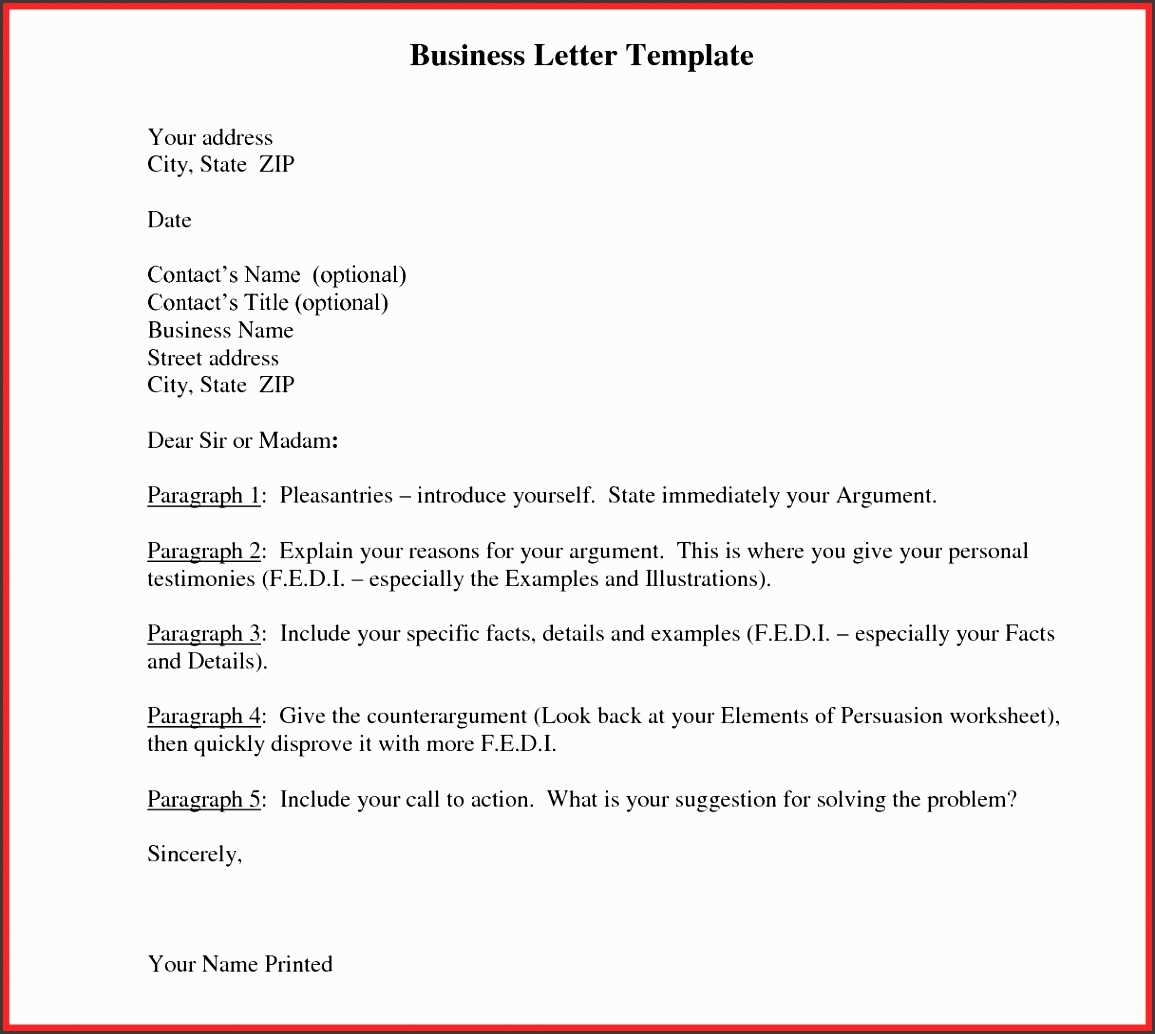
One of the biggest mistakes in professional notifications is omitting critical information. Failing to mention important details can lead to confusion or delays. Make sure your message includes all relevant updates.
- Always include the new location and contact details.
- State the exact date when the change will take effect.
- Address any potential impacts on services or deliveries.
By avoiding these mistakes, you can enhance the quality and clarity of your messages, ensuring that recipients are well-informed and confident in the change being communicated.
Why Timely Notification Is Key
When making any significant change, such as relocating operations, notifying relevant parties on time is crucial for smooth transitions. Delaying communication can cause confusion, missed opportunities, and disruptions. Informing contacts early ensures they can plan accordingly and maintain their trust in your organization.
By providing sufficient notice, you also demonstrate professionalism and respect for your stakeholders’ time. A well-timed announcement allows for adequate preparation, whether it’s adjusting schedules, rerouting deliveries, or making updates to records. In turn, this minimizes any negative impact on your services or operations.
Ultimately, timely notification not only helps keep relationships strong but also reinforces your reliability and attention to detail, both of which are essential for ongoing success and future growth.